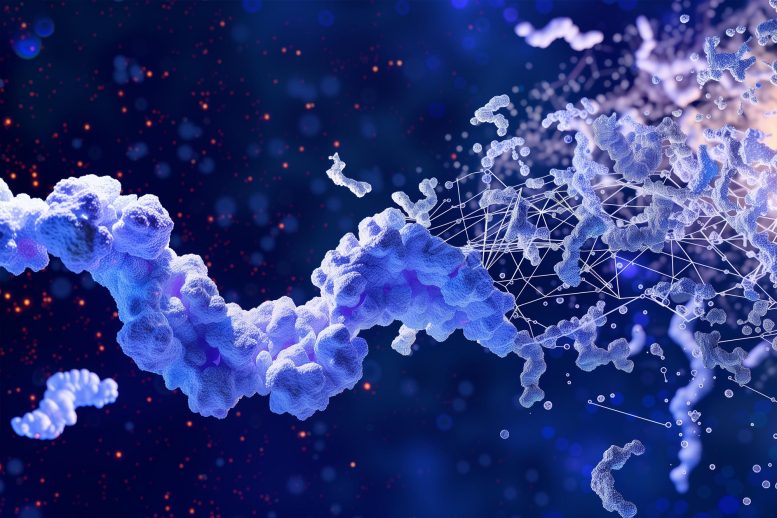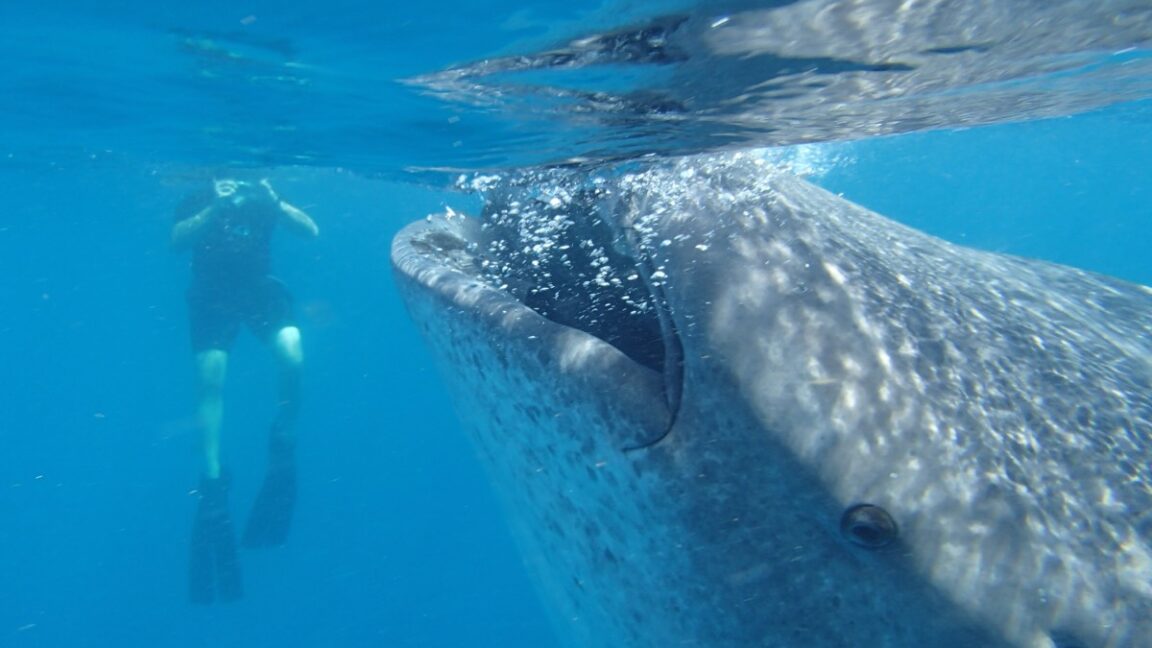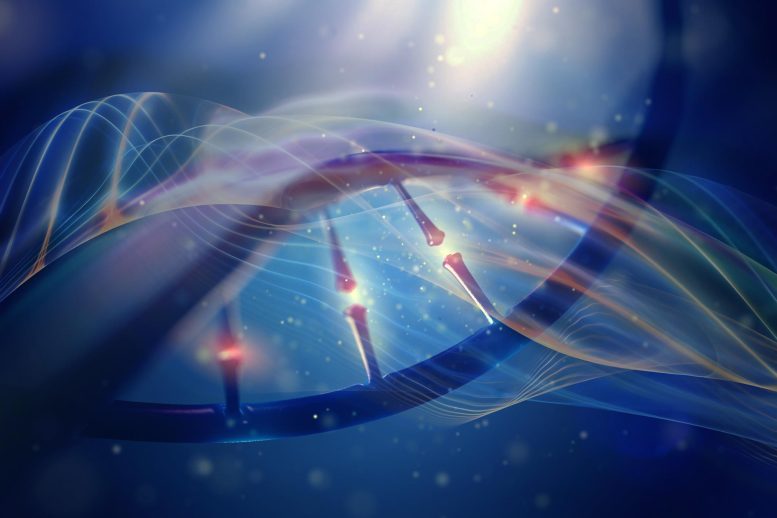Biology
Recent Articles
Sort Options:

Study Overturns Decades-Old Dogma: Scientists Discover “Hidden Organization” in Gene Regulation
Scientists have revealed that a structured protein aids disordered molecules in regulating gene expression, challenging existing molecular biology concepts. This discovery highlights the intricate role proteins play in gene activation and repression within human cells.

Beyond Computer Vision, Brains In Jars, And How They See
Innovative biological models are revolutionizing research and development across various fields. The publication highlights how these advancements are enhancing understanding and driving breakthroughs in science, paving the way for future discoveries and applications.

Biologists Uncover Previously Unknown Structure Hiding Inside Human Cells
Recent findings reveal a previously unknown organelle that functions as a recycling center for cellular cargo, offering exciting insights into cellular processes. This discovery could significantly enhance our understanding of cellular biology and its implications for health and disease.

This Overlooked Type of Cell Could Hold Clues to How Cancer Spreads
A groundbreaking study from the University of North Carolina at Chapel Hill reveals that cells, previously considered passive, actively shape tissues through coordinated movement. This new understanding could transform insights into organ formation and dysfunction.

New body size database for marine animals is a “library of life”
The Marine Organizational Body Size (MOBS) database, featuring data on over 85,000 marine species, is revolutionizing ocean research. This open-access resource aims to enhance understanding of marine biodiversity and ecosystem dynamics, covering 40% of described marine animals.

Biome Releases v2.0 Beta
Biome has launched v2.0 Beta, enhancing its all-in-one JavaScript toolchain with new features like custom lint rule plugins, technology-based rule grouping, and improved sorting. This update positions Biome closer to popular tools like ESLint and Prettier.

Scientists Identify Hidden Rule That Shapes All Life on Earth
A recent study in Nature Ecology & Evolution reveals that species cluster in core bioregions and expand outward, influenced by environmental filtering. This finding could significantly enhance conservation strategies and climate planning efforts globally.

What does the future of bio-friendly materials look like?
The U.S. government’s Bold Goals for U.S. Biotechnology and Biomanufacturing aims to revolutionize the bioeconomy by replacing plastics with bioplastics and enhancing sustainable manufacturing. The article highlights the pivotal role of Synthetic Biology in achieving these ambitious targets.